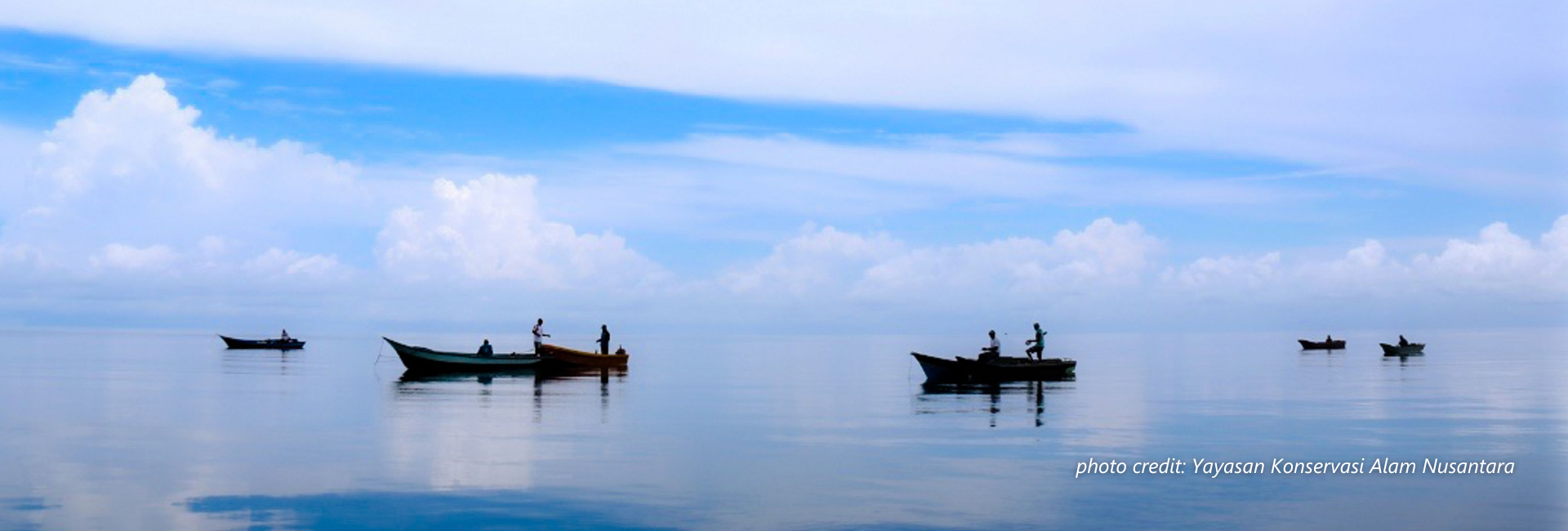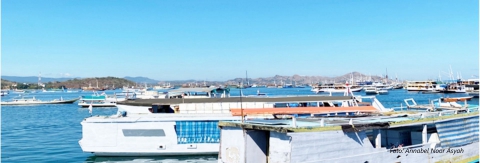Marine protected areas have played an important role in conserving and restoring marine biodiversity that is threatened due to the climate change. Indonesia has expanded its marine protected areas, covering 411 locations with more than 28 million hectares (about 9% of its territorial waters). Managed by different types of government units (national and locals), Indonesian MPAs located mostly in regions where the communities have high poverty rate and high inequality index. This paper explores the dynamic of the MPAs management in Indonesia, focusing on how they have addressed not only issues related to the biodiversity conservation but also the welfare of the community who live near MPAs. Employing mix method of the quantitative (secondary data) analysis and the qualitative primary data collection and analysis, the study was conducted in three different MPAs with different administrative status. This paper argues that despite the Indonesian government has shown eagerness to expand the quantity of MPA, their focus on the quality of MPA management is still lacking. Especially the focus on social aspects of the MPA management needs significant improvement to ensure improving the welfare of people and reduction of inequality among communities reside across coastal areas are integrated into its main missions.




